Lang Son Province:
Lang Son province, a mountainous province located in the Northeast region of Vietnam, plays a crucial role in promoting trade and economic development due to its strategic location near the Chinese border.
With a population of approximately 790,500 people in 2018, Lang Son ranks 52nd in terms of population among Vietnamese provinces. Despite being geographically distant from the country’s center, the province has achieved significant economic progress. In 2018, its Gross Regional Domestic Product (GRDP) reached 30,355 billion Vietnamese Dong (equivalent to 1.3184 billion USD), ranking 51st nationwide. The per capita GRDP stood at 38.4 million Vietnamese Dong (equivalent to 1,668 USD), placing Lang Son at the 47th position. The province also achieved a GRDP growth rate of 8.36%, ranking 20th in the country.
Lang Son is renowned not only for its crucial border position but also for its captivating tourist attractions. Ban Gioc Waterfall, one of the most beautiful waterfalls in Vietnam, lies on the Vietnamese-Chinese border within Lang Son’s territory. Mount Mau Son, a sacred peak, attracts numerous visitors and Buddhist pilgrims. Nhi Thanh Cave is another fascinating destination, featuring intricate rock formations and a unique atmosphere.
Additionally, Lang Son houses significant historical sites such as Camp Son Tay and Duong Lam, preserving memories and recollections of the war. The ancient town of Lang Son is a captivating destination for history enthusiasts, offering insights into the region’s past and ancient architecture.
Lang Son serves as a cultural crossroads, showcasing the diversity of ethnic minorities, including the Tay, Nung, and Dao people. Visitors have the opportunity to explore the distinctive cultural traditions, heritage, and culinary delights of these ethnic groups.
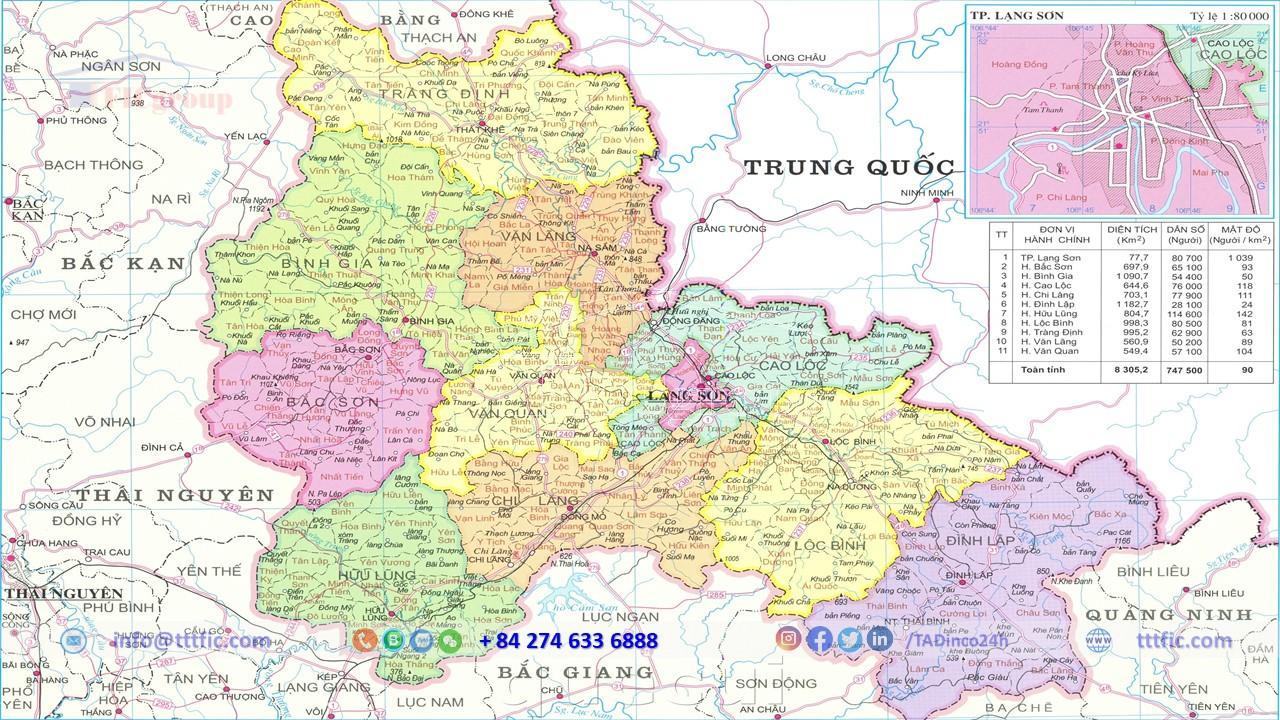
Geography:
Lang Son province is located at 21°19′-22°27’N, 106°06′-107°21’E.
- To the north, it borders Cao Bang province.
- To the east, it shares borders with Quang Ninh province and Sùng Tả City (Guangxi, China).
- To the south, it is adjacent to Bac Giang province.
- To the west, it is bordered by Bac Kan province and Thai Nguyen province.
The extreme points of Lang Son province are as follows:
- The northernmost point is in Khanh Long commune, Trang Dinh district.
- The easternmost point is in Bac Xa commune, Dinh Lap district.
- The westernmost point is in Na Lou village, Thien Long commune, Binh Gia district.
- The southernmost point is in Lam Ca commune, Dinh Lap district.
Lang Son has two international border gates: Dong Dang railway border gate in Cao Loc district and Huu Nghi international border gate. It also has one national border gate: Chi Ma (Loc Binh district), as well as several open border crossings with China.
Topography:
Hills and mountains cover more than 80% of the province.
The common topography in Lang Son consists of low mountains and hills, with an average elevation of 252 meters above sea level. The lowest point is at 20 meters in the southern part of Huu Lung district, while the highest point is Mount Mau Son, reaching 1,541 meters. Located 31 kilometers east of Lang Son city, Mount Mau Son is surrounded by numerous large and small mountains, occasionally receiving snowfall during the winter season.
Climate:
The climate of Lang Son exhibits distinct characteristics of the humid subtropical climate in northern Vietnam. It has pronounced seasonal variations, with temperature distribution varying unevenly due to the complex mountainous terrain and rapid fluctuations of cold air during its movement across the region.
- The average annual temperature ranges from 17 to 23 °C.
- The average annual rainfall is between 1200 and 1600 mm. Lang Son has the lowest average annual rainfall in the northern region. In the area from Lang Son city to Dinh Lap district, the average rainfall at monitoring stations is usually below 1400 mm.
- The average annual relative humidity ranges from 80 to 85%.
- The average cloud cover is about 7.5 out of 10.
- The average sunshine hours range from 1500 to 1700 hours, increasing from west to east.
The wind direction and speed in Lang Son are influenced by both circulation patterns and topography. During the cold season, the prevailing winds are from the north, while during the hot season, winds from the south and southeast dominate. Overall, the wind speed is not high, averaging between 0.8 and 2 m/s, but it varies across different regions of the province.
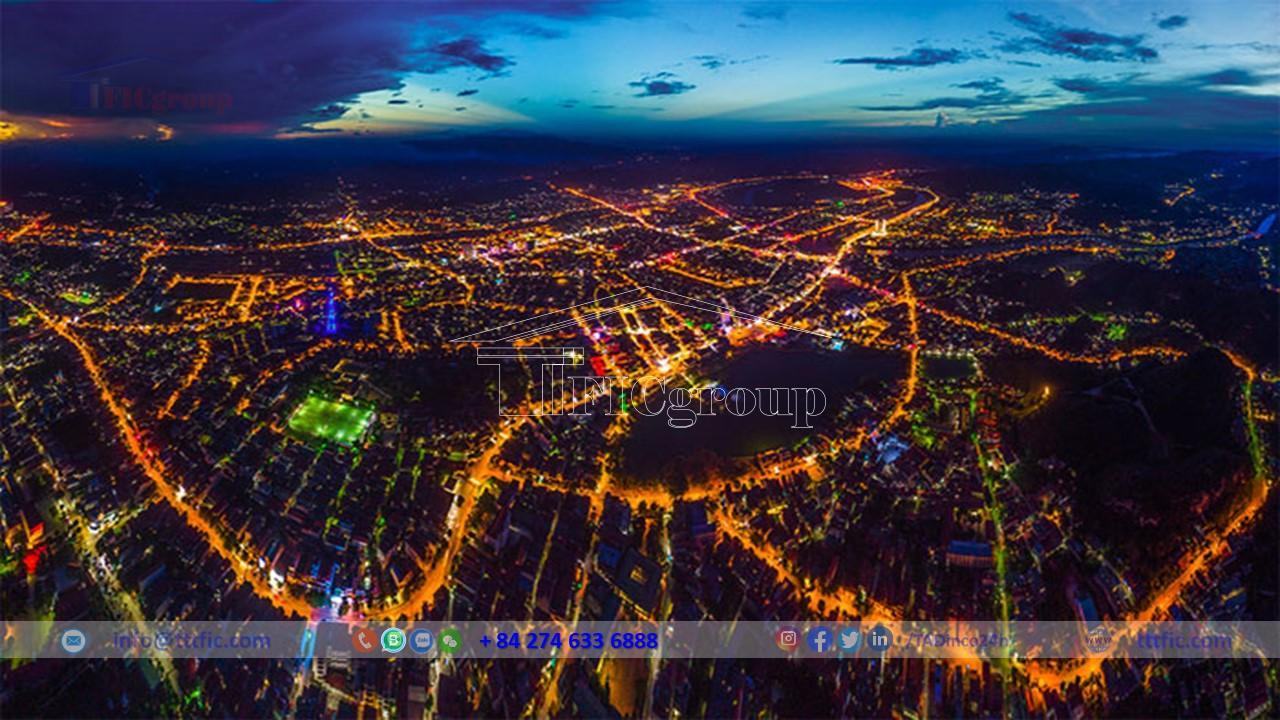
Hydrology:
The Ky Cung River, the largest and most important river in Lang Son province, originates from the Bac Xa mountainous region in Dinh Lap district. It then flows through several districts and cities in the province, covering a distance of 243 km and following a unique Southeast to Northwest direction in Northern Vietnam.
Several significant tributaries join the Ky Cung River, including the Ban Thin River, Bac Giang River, Bac Khe River, Thuong River, and Hoa River. The Ban Thin River spans 52 km, passing through Loc Binh district before merging with the Ky Cung River at Khuat Xa commune. Originating from Xuan Duong commune, Na Ri district, the Bac Giang River, the largest tributary, meanders through Trang Dinh district before converging with the Ky Cung River.
The second largest river in the province is the Thuong River, which flows through the Na Pa Phuoc mountain range in Chi Lang district before entering Bac Giang province. With a length of 157 km, the Thuong River serves as the source of the Hoa River and the Trung River. The Hoa River, a tributary of the Thuong River, stretches over 47 km, while the Trung River, also a tributary, originates from Vo Nhai district in Thai Nguyen province, spanning 35 km.
The rivers in Lang Son province not only provide vital water resources for daily life and various economic activities but also contribute to the region’s natural beauty, making them appealing tourist destinations. Lang Son province rightfully earns its reputation as the “land of reverse-flowing rivers” in Northern Vietnam, thanks to its diverse river system.
Economy of Lang Son Province:
In 2022, Lang Son province’s economy experienced recovery and growth, with a Gross Regional Domestic Product (GRDP) reaching an estimated 22,683 billion Vietnamese dong. The overall growth rate was 7.22%, surpassing the target range of 7-7.5%. The agriculture, forestry, and fisheries sectors contributed 5.01% to the overall growth, with an increase of 1.06 percentage points. The industrial and construction sector grew by 11.03%, contributing 2.75 percentage points to the overall growth. The service sector saw a growth of 6.6%, contributing 3.23 percentage points to the overall growth. Tax revenue from product sales, excluding subsidies, increased by 3.53%, contributing 0.17 percentage points to the overall growth.
The estimated current price scale of GRDP reached 41,487 billion Vietnamese dong. The economic structure has undergone a positive transformation: agriculture, forestry, and fisheries accounted for 21.1%, industrial and construction accounted for 24.4%, services accounted for 49.98%, and tax revenue from product sales, excluding subsidies, accounted for 4.52%. The estimated average GRDP per capita is 51.72 million Vietnamese dong, equivalent to 2,155.1 USD.
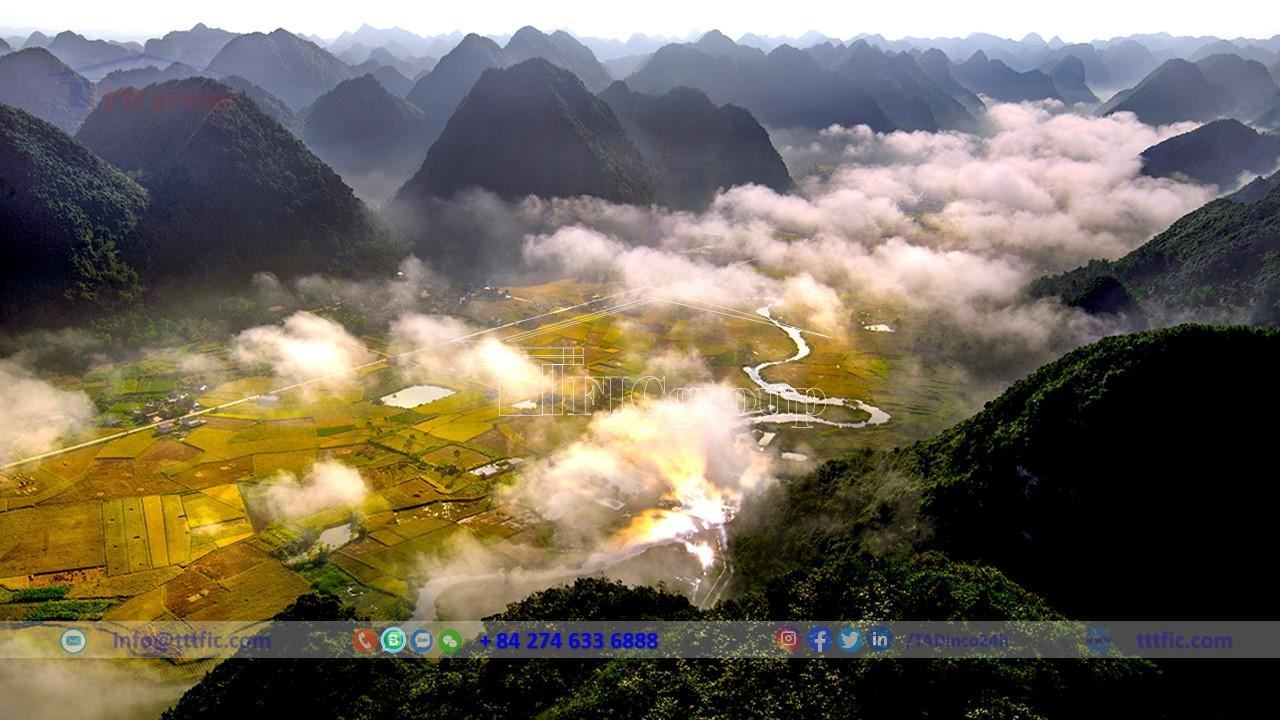
Agriculture, forestry, aquaculture:
Lang Son province has successfully implemented comprehensive solutions in agriculture, forestry, and fishery sectors, resulting in impressive outcomes.
The province has introduced specific policies to encourage investment, foster cooperative development, and strengthen production and consumption linkages in the agricultural sector, which have significantly contributed to its growth.
Lang Son province actively monitors, inspects, and supervises 10 approved agricultural value chains. Additionally, it has provided effective support for establishing 5 new value chains, thereby facilitating the sector’s expansion.
Moreover, the province has issued 4 certificates for safe food supply chains to ensure the quality and safety of its agricultural products.
To enhance agricultural exports, Lang Son has diligently implemented a cultivation area code system, enabling legitimate exports and broader market access.
Positive transformations have been observed across various aspects of agricultural production, including increased scale, enhanced quality, improved production processes, upgraded packaging, enhanced traceability, and the certification of 34 new products under the One Commune, One Product (OCOP) program. Consequently, Lang Son currently boasts a total of 94 certified OCOP products.
In order to promote the province’s distinctive agricultural and forestry products, as well as its OCOP products, Lang Son actively engages in trade fairs and programs, creating opportunities to showcase its unique offerings and attract a wider customer base.
Furthermore, Lang Son has experienced a positive shift in agricultural and forestry production, with an expanded cultivation area dedicated to high-value crops that enjoy strong market demand. This development further drives the growth and profitability of the industry.
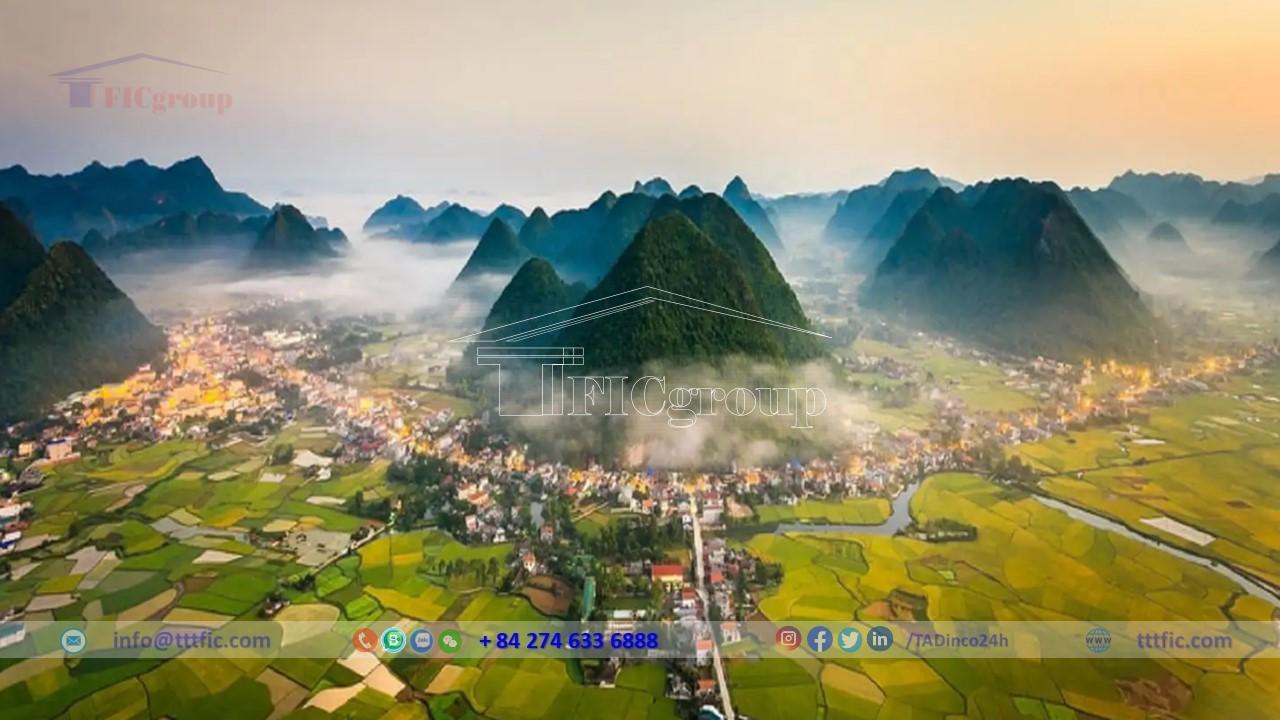
Industry – Construction:
Industrial production in the province is experiencing continuous growth, with a projected 7.09% increase in the industrial production index for 2022. The targets for 9 out of 13 key industrial products have been successfully met or exceeded.
To further enhance industrial development, decisions have been made to establish the Bac Son 2 Industrial Cluster. Additionally, the process of selecting investors and constructing technical infrastructure for the Dinh Lap, Na Duong 2, Van Lang, and Quang Lac Industrial Clusters is currently in progress. Authorities are carefully reviewing, adjusting, and supplementing the planning of industrial clusters to attract investment for economic and social advancement.
With the aim of accelerating progress, efforts are being concentrated on streamlining procedures and processes for the establishment of the Huu Lung Industrial Park.
Banking:
The economic situation is currently in a phase of production recovery, while business activities and import-export trade still face numerous challenges.
Banks are actively implementing objectives and solutions for monetary policy and related tasks to mobilize capital for investment and business. They are effectively addressing difficulties faced by customers, strictly adhering to interest rate regulations and foreign exchange management. Proactive measures are taken to handle non-performing loans and promote non-cash payments as part of digital transformation.
The banking sector maintains stability and safety, making a positive contribution to local economic and social development. By December 31, 2022, the total capital mobilization is projected to reach 36,250 billion VND, an 8.4% increase compared to December 31, 2021.
Banks within the region proactively review and understand their customers’ business situations. They promptly apply appropriate measures to provide timely support. Furthermore, they continue to expand credit facilities, particularly in priority sectors, to sustain and revive industries affected by the Covid-19 pandemic. The outstanding loan balance reaches 39,520 billion VND, a 5.3% increase compared to December 31, 2021.
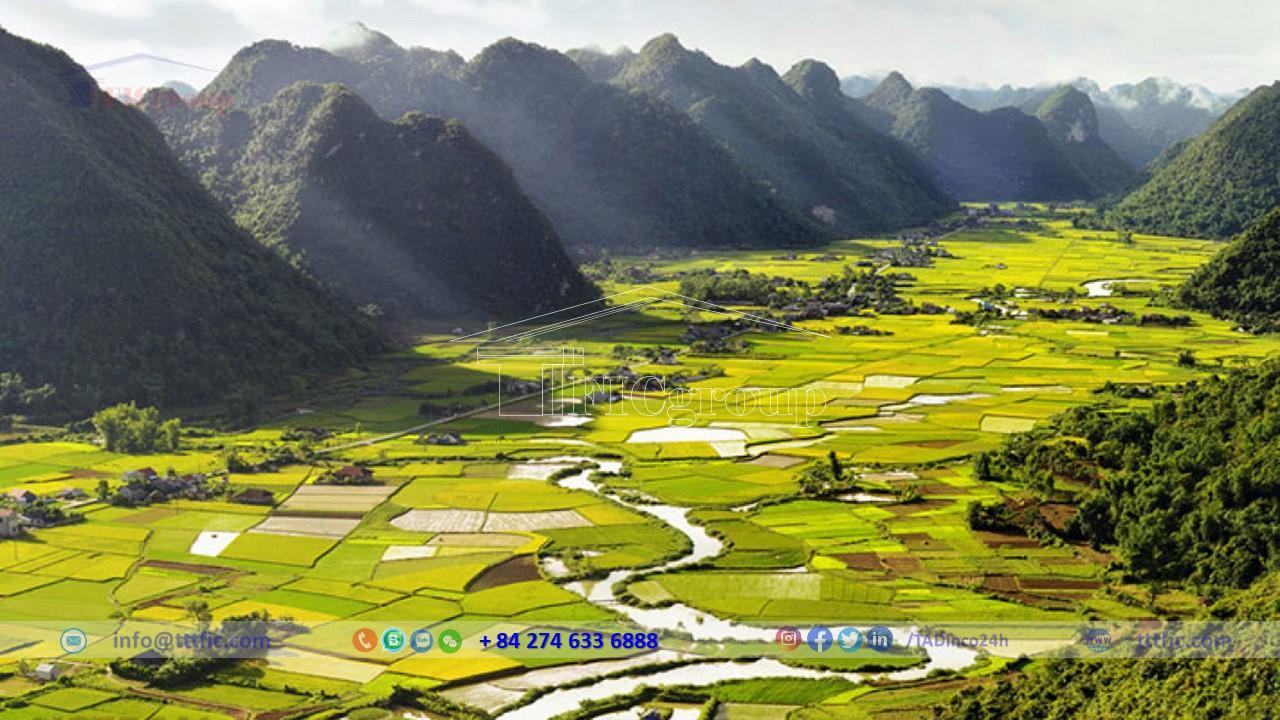
Residential:
The population of the province is 781,655 people (as of the population census on April 1, 2019). There are 7 main ethnic groups, with the Nung ethnic group accounting for 42.97%, the Tay ethnic group accounting for 35.92%, and the Kinh ethnic group accounting for 16.5%. Other ethnic groups such as Dao, Hoa, San Chay, and Hmong make up the remaining percentage, accounting for 4.61%.
The urban population makes up 23.6% of the total population, while the rural population accounts for 76.4%.
As of April 1, 2019, the province has 7 different religions with a total of 14,663 followers. The largest religious group is the Protestant faith with 9,226 followers, followed by Catholicism with 4,960 followers, and Buddhism with 460 followers. Other religions include 6 followers of Minh Ly Dao, 5 followers of Islam, 3 followers of the Unified Buddhist Sangha of Vietnam, 2 followers of Hoa Hao Buddhism, and 1 follower of Caodaism.
Tourism:
Lang Son is a border province with diverse ethnic traditions, beautiful landscapes, and historical sites. It is known for cultural relics like Bac Son and Mai Pha. The Tam Thanh Pagoda and Cave Cluster is a popular attraction with its cave temple dating back to the Later Le Dynasty. Bac Le Temple in Huu Lung District is a significant destination for Mau worship rituals. Vong Phu Mountain, Mac Ancient Citadel, Nhat Thanh Pagoda, Tam Giao Pagoda, and Nhi Thanh Cave are scenic spots in Lang Son City.
The Ky Lua Fair is a bustling market in the city. Tien Pagoda, Cave, and Well are associated with the legendary story of “Tien Ong Giang Tran.” Ky Cung Temple and Dien Khanh Pagoda sit on the banks of the Ky Cung River. Bac Son Archaeological Site reveals artifacts from the Bac Son Culture. Chi Lang Pass holds historical significance. Mau Son Mountain is ideal for outdoor activities. Dong Dang is a popular stop for tourists. Tan Thanh Market and Border Gate offer border experiences. Lang Son province welcomes visitors with its rich culture and stunning natural beauty.
Cuisine:
People also know Lang Son for its food and local specialties. Some famous dishes include Huu Lung grilled spring rolls, Bac Son black sticky rice cake, mac honey (a local fruit), Mau Son wine, mouth humiliation (a type of fermented meat), Bao Lam pink grapefruit, duck turn bile. dong leaves, Mai Pha sticky rice cakes, Bac Son yellow oranges, Lang Son sour pho, Tram Yen gac cake, Trang Dinh black jelly, Huu Lien mountain snails, Phu rice cakes, pumpkin cakes, whole roasted pork wrapped in mat macadamia leaves , Van Quan black rose, Van Linh dried herb.
In addition, there are Na Ro cane wine, ginger candy, Mau Son peach, Van Quan star anise, Cao Loc mustard greens, Lang Son egg rolls, Dinh Lap green tea, Trang Phai vermicelli, purple sticky rice, roasted duck noodle soup, and cakes. Com, Dai Na longan from Dong Banh, Trang Dinh grilled rice cake, sausages, beef kebabs, Lang Son toast, Mau Son frog’s legs, chili soaked bamboo shoots in macadamia fruit, Cao Sang rice cakes, Dinh three-leaf ginseng Lap, macadamia (a local medicinal herb). These delicacies represent the unique flavors and culinary traditions of Lang Son province.






